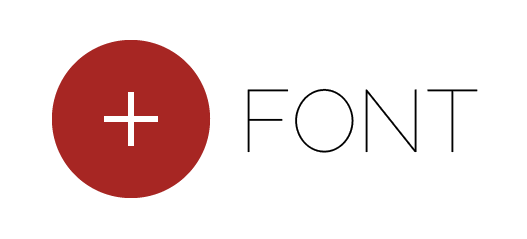So you want to make a color spectrum like this, using Illustrator? Here is how you can do it.
Start by making a new document in Illustrator. The size does not really matter because Illustrator is resolution independent. I prefer to have my document in RGB colors because it gives me the freedom to move it over to diversity of different color profiles later on. Besides RGB has wider color spectrum and thus brighter colors.

Hit Command + R to make the rulers visible and drag one guide from each of the rulers, one horizontal and one vertical.

Select the Polar Grid Tool. You will find it under the Line Segment Tool. The Polar Grid Tool is very cool and is great to know its abilities. Start by dragging from the center, where the guidelines intersect.
Drag a little out from the center. Don’t worry about proportions for now. While still holding the mouse move your other hand over to the arrow keys. The left and right arrows determine how many sections you get for the grid and with the up and down arrows you can control how many circles are within the grid. Choose to have four Concentric Dividers and six Radial Dividers. Don’t let go of the mouse yet.
Now move you hand over and hold down the option key to draw the grid from the center and add the shift key to make a perfect circle. Release the mouse button. You could also do all this by clicking with the mouse on the center of the guide lines to get a dialog box to fill in the measurements but I thought it would be worth it to show you both methods.

Select the grid and make it to guides with Command + 5 or go the long way via the View menu down to Guides and to Make Guides in the sub menu.
Draw a rectangular box with the Rectangular Tool. The height should be the same as the gap between the three outmost circles. The width is not that important, just make it long. (If you feel better you can measure the diameter of the inner circle and multiply it with π (3.14) to get the circumference of the circle.)

We are going to blend the spectrum based on six colors and that is the reason we divided the circle into six sections. We also need to split the rectangle box into six divisions. This time we are going to use the Gradient Mesh tool.
To start with it is good to use a color like this green one for the whole area because as you will see later on contrasts nicely with the guides and allows us to see clearly any direction lines.
Select the Gradient Tool. Click in the middle of the left edge of the box. The first division is there.

Then click approximately into the center of the top edge.

And after that add two vertical dividers on each half so we have six sections in total horizontally.

Using the Direct Selection Tool, (the white arrow) select all the anchor points, except those who align with the circle. Holding the leftmost bottom anchor point, move the selected area so that the next set of anchor points align with the next radial guide line.

While still selected grab the Rotate Tool (just hit R) and Option + Click on the anchor point you just released and type in -60° in the input field. (For other number of sections you can put in 360/number to get the correct degree)

Repeat this over and over always skipping the last aligned anchor points until you reach the end. It should look something similar to this:

The most tedious part of this work starts here. You have to drag the direction lines out to shape the circles outer side and inner side. It’s also important to do the same with the center line. But you have the guide lines to help you. If you find this difficult to do please don’t give up. It’s just that you need more exercise. You’ll be great the second time you do this.

When you feel that your circle is good enough, select one set of anchor points, and chose the first fill color of your spectrum. You can add to your super power by defining Global colors for your spectrum. It’s simple:
First make a new Color Group and drag into it the colors you need for your spectrum. Double click each color and check the Global box in the Swatch Options. This will make it easy to edit the colors later through the Swatch Options instead of having to choose the anchor points every time.

Ok, on we go and color each section. Now you can go back into the Swatch Options and fine tune your colors to get balanced spectrum.


Hossa, that looks like making x-mas pastry. There must be an easier way. Maybe with blends or gradient meshes.
http://turbomilk.com/blog/cookbook/adobeillustrator/cone_gradient_in_adobe_illustrator_episode_three_happy_end/
Here is a more precise and technical process (in my opinion) to do this which does not require extensive bezier doodling (in the end you could just clip the middle portion out)
Like most things in Illustrator you can make stuff in more than one way. Thanks for the links http://illustrator.hilfdirselbst.ch/dokuwiki/tutorials/spezialeffekte/konischer_verlauf_-_so_wird_s_gemacht is awesome!
I happen to like bezier doodling 😀 Once you have made a spectrum in the way I present here you can edit it in various ways because you have access to the beziers and you can use this circle over and over for different projects.